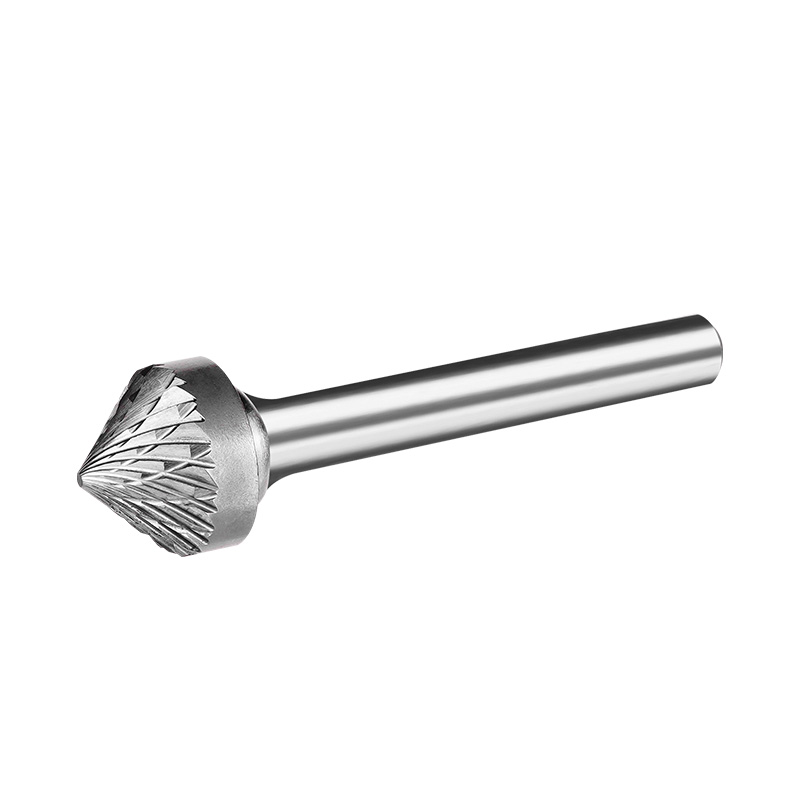In the intricate world of metalworking and jewelry making, the selection of the right tool can significantly impact the quality and efficiency of a project. Two of commonly debated tools in this field are carbide burrs and diamond burrs. Each has its unique set of advantages and ideal applications, making the decision between them a crucial one.
Diamond cut burrs are known for their exceptional hardness and ability to cut through tough materials with ease. These burrs are ideal for projects that require precision and the ability to work with hard materials such as glass, ceramic, and hardened steel. The diamond cut burr's edge is incredibly sharp, allowing for clean and accurate cuts with minimal effort.

Diamond cut carbide burrs, on the other hand, offer a balance between cost and performance. These burrs are made from high-quality carbide material, which is less expensive than diamond but still provides outstanding cutting capabilities. They are particularly useful for general metalworking tasks, where a high level of precision is required but the material hardness is not as as that which diamond cut burrs are designed for.
Multi-fluted carbide burrs are characterized by their multiple cutting edges, which allow for faster material removal and smoother finishes. These burrs are versatile and can be used on a variety of materials, including metals, plastics, and wood. The multi-fluted design reduces the risk of clogging, making them ideal for intricate work where debris clearance is essential.
When choosing between diamond cut burrs and diamond cut carbide burrs, the hardness of the material you are working with is a significant factor. Diamond cut burrs are outstanding for extremely hard materials, such as gemstones or advanced ceramics, where their hardness is unmatched. However, for general metalworking tasks, diamond cut carbide burrs provide a cost-effective solution that still delivers high-quality results.
The precision of the cut is another critical factor to consider. Diamond cut burrs offer high quality precision, making them ideal for detailed work where the margin for error is minimal. For projects that require a high-gloss finish, the sharp edges of diamond cut burrs can achieve this without additional polishing.
In terms of cost, diamond cut carbide burrs are generally more affordable than diamond cut burrs. However, the durability of diamond cut burrs often justifies their higher price, as they can withstand more use before needing replacement. Multi-fluted carbide burrs offer a middle ground, providing good durability and performance at a moderate cost.
The maintenance of these tools is also an important consideration. Diamond cut burrs require less frequent sharpening due to their hardness, which can save time and effort in the long run. Diamond cut carbide burrs and multi-fluted carbide burrs, while durable, may need more regular maintenance to keep them in top working condition.
The decision between diamond cut burrs, diamond cut carbide burrs, and multi-fluted carbide burrs ultimately depends on the specific requirements of your project. If you are working with extremely hard materials and require high level of precision, diamond cut burrs are choice. For general metalworking tasks where cost is a consideration, diamond cut carbide burrs offer a reliable and cost-effective option. And for intricate work that requires fast material removal and smooth finishes, multi-fluted carbide burrs are an outstanding choice.
By understanding the unique characteristics and benefits of each type of burr, you can make an informed decision that will enhance the quality and efficiency of your work. Whether you are a professional jeweler, metalworker, or hobbyist, selecting the right burr for your project is a key step in achieving possible results.